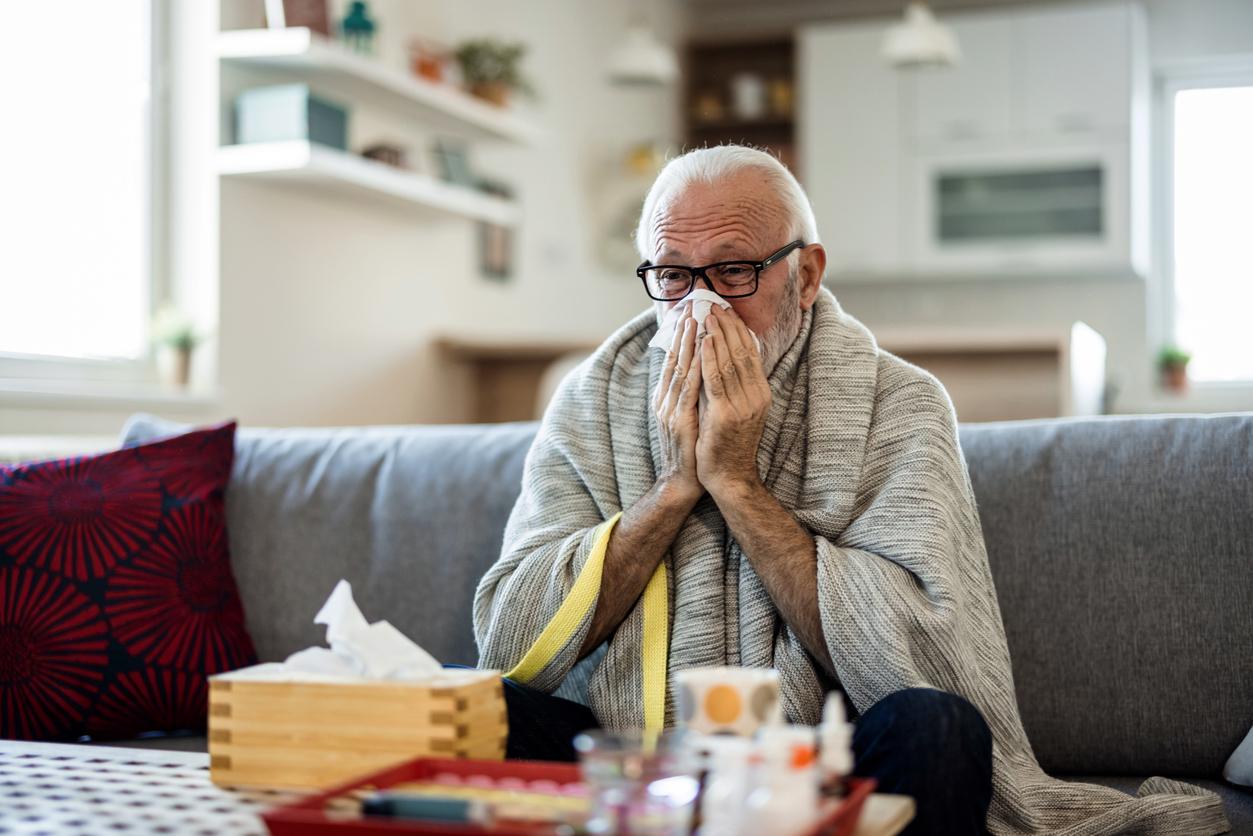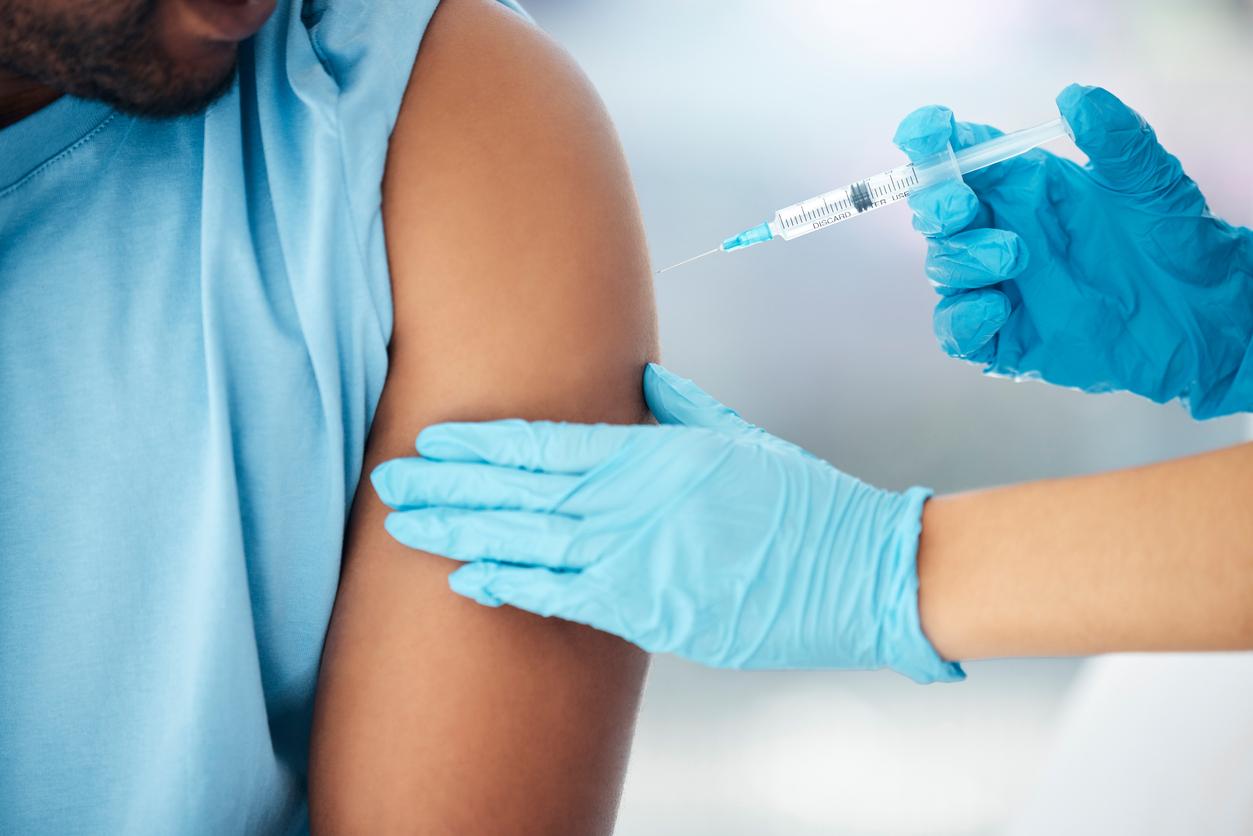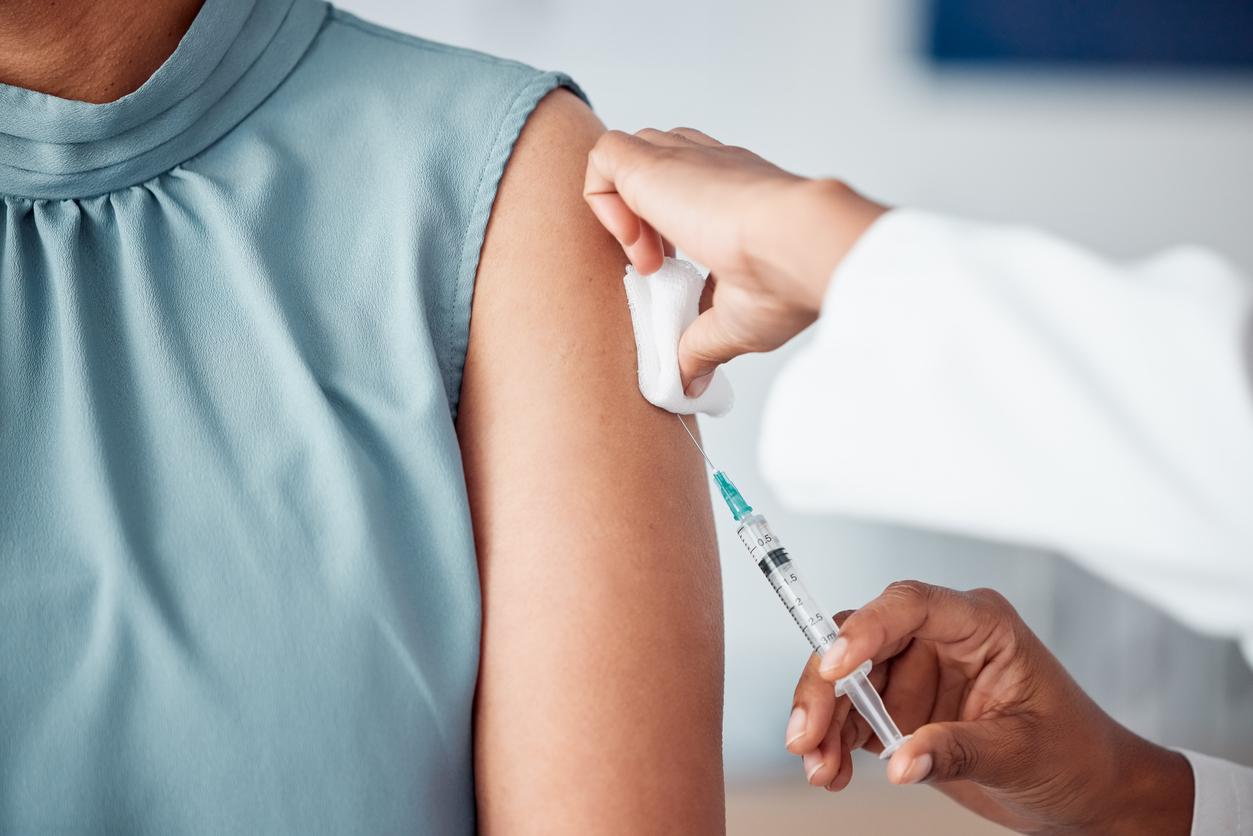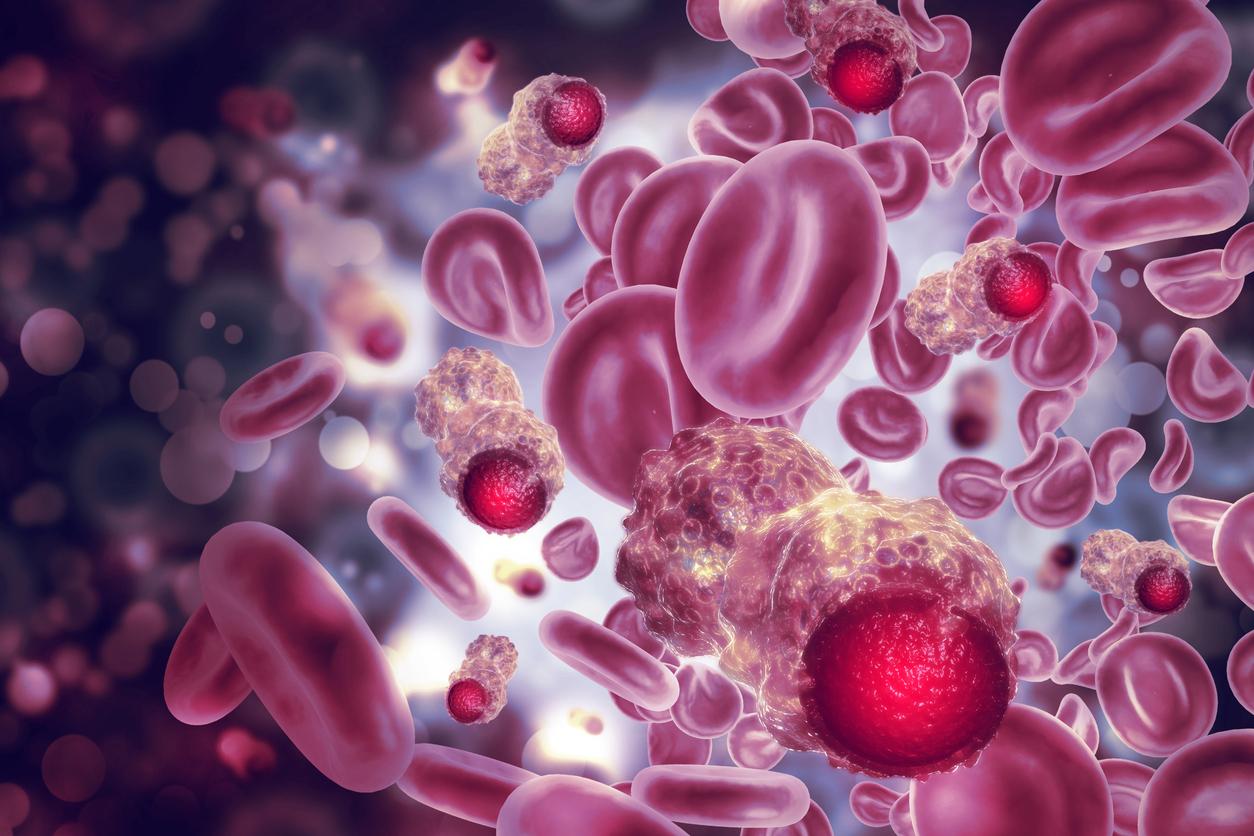While the cases of Covid-19 have been on the rise since the beginning of March, the lifting of restrictions and in particular the end of the obligation to wear a mask has provoked contrasting reactions within the medical world.

- Professor Gilles Pialoux considers the government’s position on the question of the mask to be ambivalent. He appeals to the individual responsibility of the French
- According to infectious disease specialist Benjamin Davido “we are slowly moving towards collective immunity”
- The epidemic could come back every year, like the flu
Did we remove the mask too soon? At a time when the WHO considers that certain European countries, including France, have lifted their anti-Covid measures “too abruptly”, this is essentially the bitter observation made by Professor Gilles Pialoux, head of the infectious and tropical diseases department of Tenon Hospital in Paris. On BFMTV on Monday March 21he judged the health policy “inaudible” and predicted a pessimistic evolution of the Covid-19 epidemic in the weeks to come.
The epidemiologist underlines a paradox: the abandonment of barrier gestures and most health measures comes as France counts an average of 89,000 cases of contamination per day – an increasing proportion, and that the campaigns of the Ministry of Health and Public Health France encourage people at risk to continue wearing an FFP2 mask in closed spaces. On the question of the mask, he believes that the emphasis should have been placed on collective responsibility and on the mask as a prevention tool.
“Stabilized” hospital pressure
In his speech, Professor Pialoux conceded that hospital pressure was “stabilized” especially in his establishment where there are only four to five patients, but he expects the situation to deteriorate in the fall.
This seasonality of the virus is a point shared by infectious disease specialist Benjamin Davido of the Raymond Poincaré hospital in Garches: Covid-19 can in the future be treated in the same way as the flu virus, with campaigns vaccination and the promotion of barrier gestures from November to March for those most at risk.
One step closer to herd immunity
After two years of restrictions and a positive evolution of the epidemic indicators, Benjamin Davido said on Cnews that the government directives were legitimate and that the large number of contaminations made it possible to approach herd immunity with 90% of the population in contact with the virus, rather than 70%. But collective immunity does not rhyme with the end of the epidemic according to the expert: “Those who thought that it was enough to have this number of contamination for the epidemic to stop, are mistaken”. Indeed, the immunity provided by vaccines or contaminations decreases over time.
.















